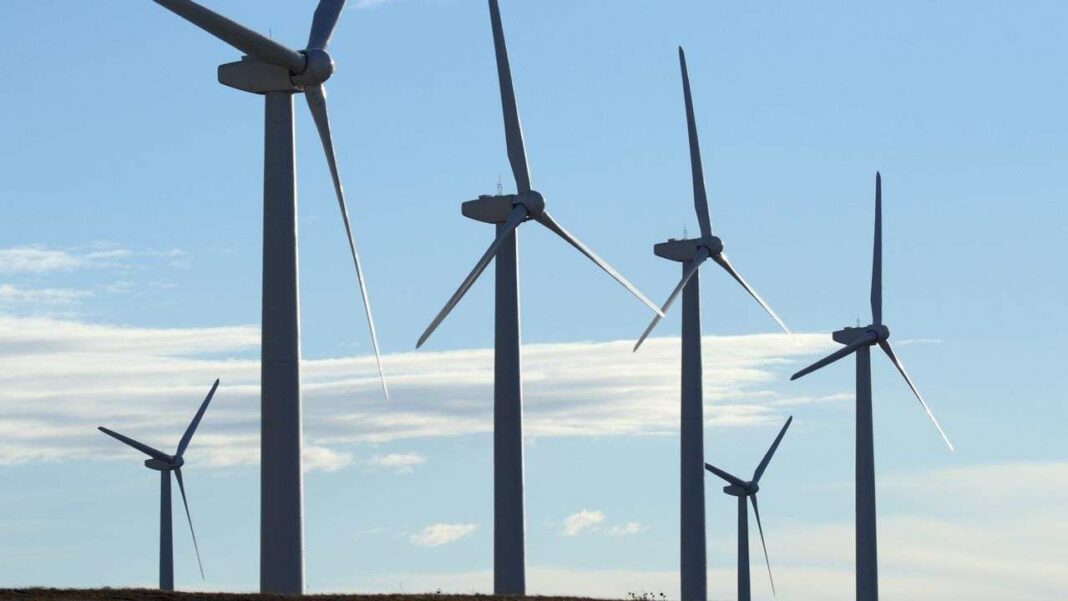A Montpellier court has ordered a four-month suspension of operations at the Aumelas wind farm due to the deaths of protected species, including the lesser kestrel. EDF Renouvelables and its subsidiaries face substantial fines and penalties for their role in these fatalities. While the company plans to appeal, it highlights its efforts in environmental management, including the installation of bird detection systems. The ruling emphasizes the legal obligations surrounding the protection of vulnerable wildlife amid renewable energy projects.
Unprecedented Legal Action Against Wind Farm Operators
In a groundbreaking decision within the realm of criminal law, the Montpellier court has mandated a four-month halt on operations for the 31 wind turbines located at the Aumelas wind farm in Hérault. This ruling, issued on April 7, follows a direct complaint from France Nature Environnement Occitanie-Méditerranée (FNE-OccMed) concerning the ‘destruction of protected species’ attributed to EDF Renouvelables and several associated operating companies.
Impact on Protected Species and Court Rulings
The court’s decision aligns with the migratory patterns of the lesser kestrel, a vulnerable bird of prey that frequents the area during nesting season. EDF Renouvelables, along with nine of its subsidiaries, was held accountable for the deaths of numerous lesser kestrels and bats. Following the ruling, Simon Popy, president of FNE-OccMed, expressed relief, noting that the suspension of turbine activity would prevent further fatalities, as these birds return from Africa each April to nest and depart by the end of summer.
As part of the ruling, each company involved faced fines of 500,000 euros (with 250,000 euros suspended), and the former CEO of EDF Renouvelables, Bruno Bensasson, received a suspended six-month prison sentence and a fine of 100,000 euros (30,000 euros suspended). Additionally, the companies are required to publish the court’s judgment in prominent newspapers and online media, acknowledging their culpability in the loss of 160 birds and bats, including the lesser kestrel.
Beyond the 2.5 million euros in fines, the ten companies must also compensate France Nature Environnement Occitanie-Méditerranée with 114,000 euros for moral damages, as well as an equal amount to its parent organization, France Nature Environnement. Furthermore, they are liable to pay the State 74,087 euros for ecological harm, which will be directed towards the national conservation initiative for the lesser kestrel.
According to FNE-OccMed, the Aumelas wind turbines have led to the deaths of between 150 to 300 lesser kestrels, along with other protected species like Montagu’s harriers and bats, which often collide with the turbine blades despite existing deterrent measures. Notably, the Aumelas park had previously faced condemnation in 2022 for the deaths of 28 lesser kestrels caused by collisions between 2011 and 2016, even after the installation of an electronic deterrent system. Under European law, any destruction of protected species is deemed illegal, barring specific government exemptions.
In light of the court’s verdict, EDF Renouvelables has announced its intention to appeal, asserting that it has acted responsibly in the management of the Aumelas park and all its projects. The company highlighted that their environmental initiatives over the past two decades have effectively mitigated the ecological impact of the wind farm on local biodiversity. They also pointed out that they pioneered the installation of bird detection cameras on each wind turbine, a first for France in 2013.
This innovative system enables the detection and temporary shutdown of turbines if birds are detected in the vicinity. EDF Renouvelables claims to have invested over one million euros to upgrade these cameras and has equipped 78 lesser kestrels with GPS tracking devices to enhance understanding of their behavior and movement patterns near the park. This monitoring has reportedly led to the identification of two lesser kestrel collisions in 2024 alone. The company also notes a significant increase in the local lesser kestrel population, with a tenfold rise in sightings from 2006 to 2024, culminating in the observation of 400 breeding pairs this year.
